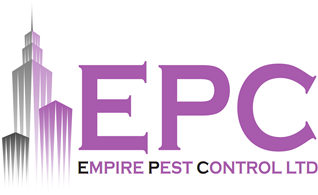A good method to prevent and control mice and rats is to make it impossible for them to gain any access into your premises. Doing this can be a difficult task without professional advice, as the following information must be taken into account before attempting to proof for rodents:
- Mice can pass through an opening only 3/8 inch thick.
- Openings greater than 1/4 inch thick should be sealed for mice.
- Openings greater than 1/2 inch should be sealed for rats.
Below are some examples of areas requiring proofing against rats and mice.
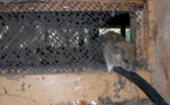
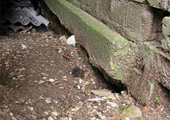
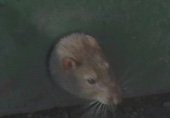
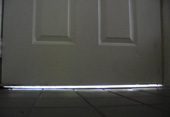
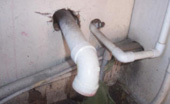
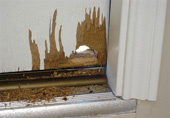
Our advice is to check and seal all openings around utility lines and pipes. Make sure you check under sinks where pipes enter the wall, around service conduits, electric wires, air-conditioning units, and vents. Also check for broken windows and unscreened vents, all vents should be covered with metal grillwork which is rust-resistant, and not forgetting the obvious
gaps under doors of course. These are all great areas for rodents to enter your premises.
The areas listed above are not all of the entry points that mice and rats can enter your premises. They are just the most obvious, and without a professional inspection there can be no assurance that all points of entry have been found.
If proofing work is required please seek professional advice as the correct materials must be used for each individual situation. Failure to carry out quality proofing work may well result in a pest infestation or re-infestation occuring.
Below are some materials which Empire Pest Control would use when proofing against rodents.





